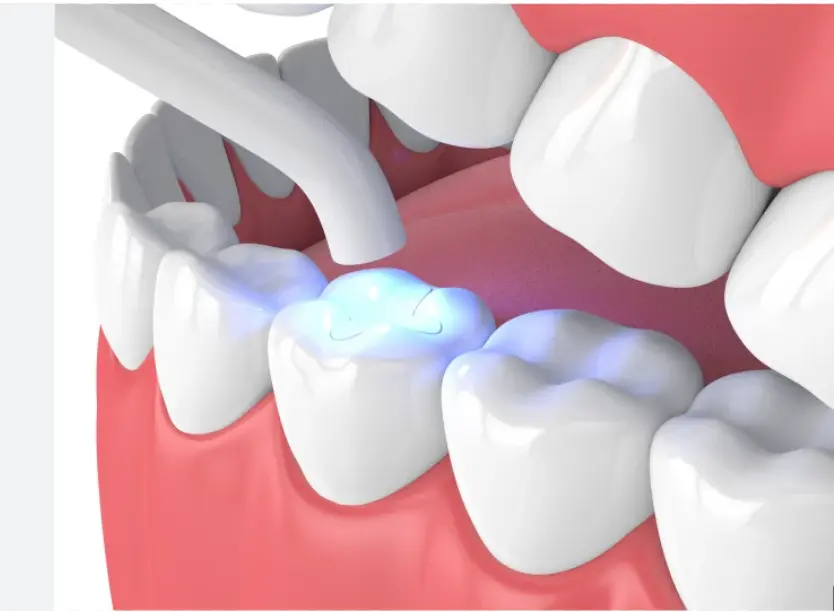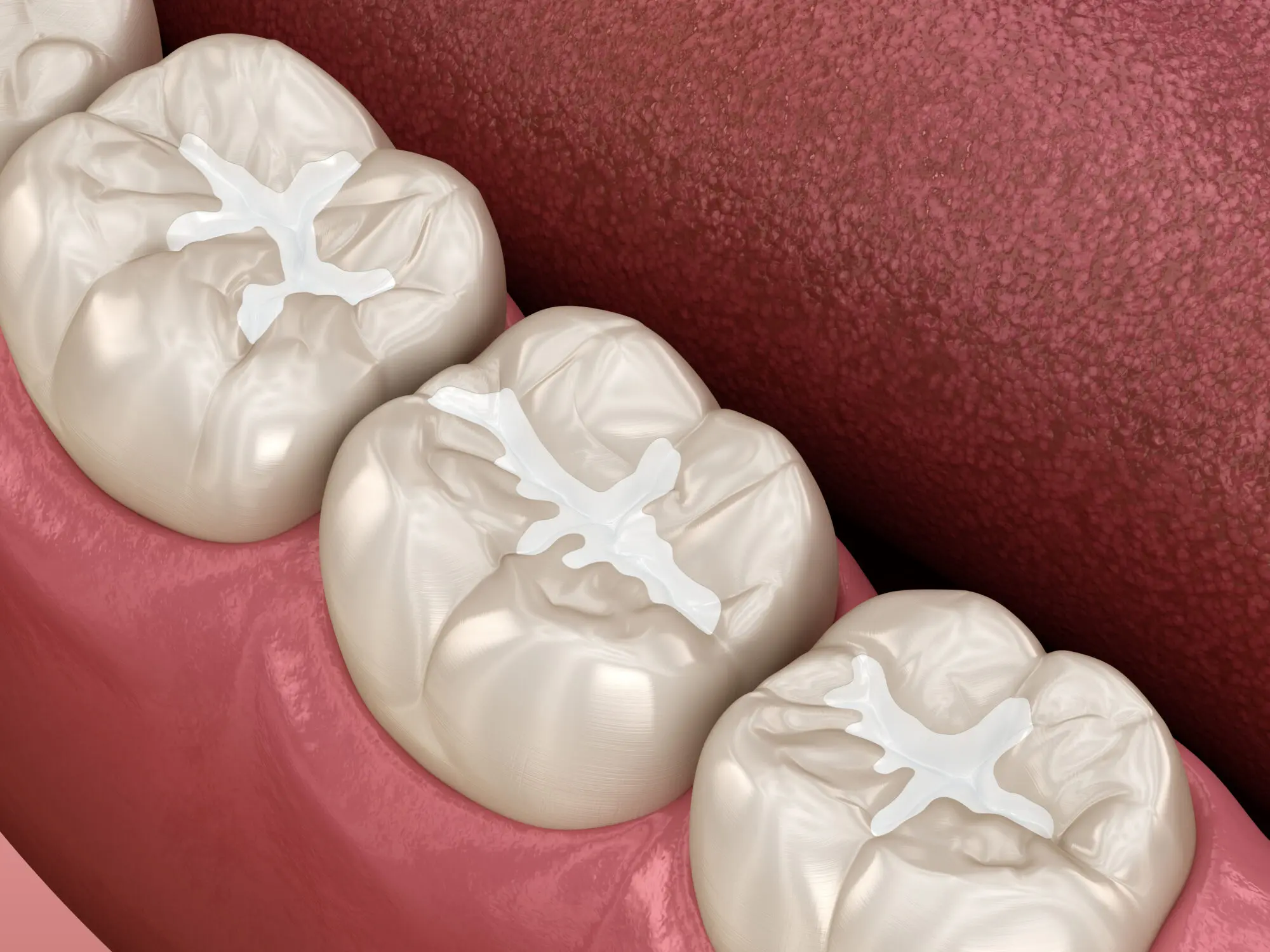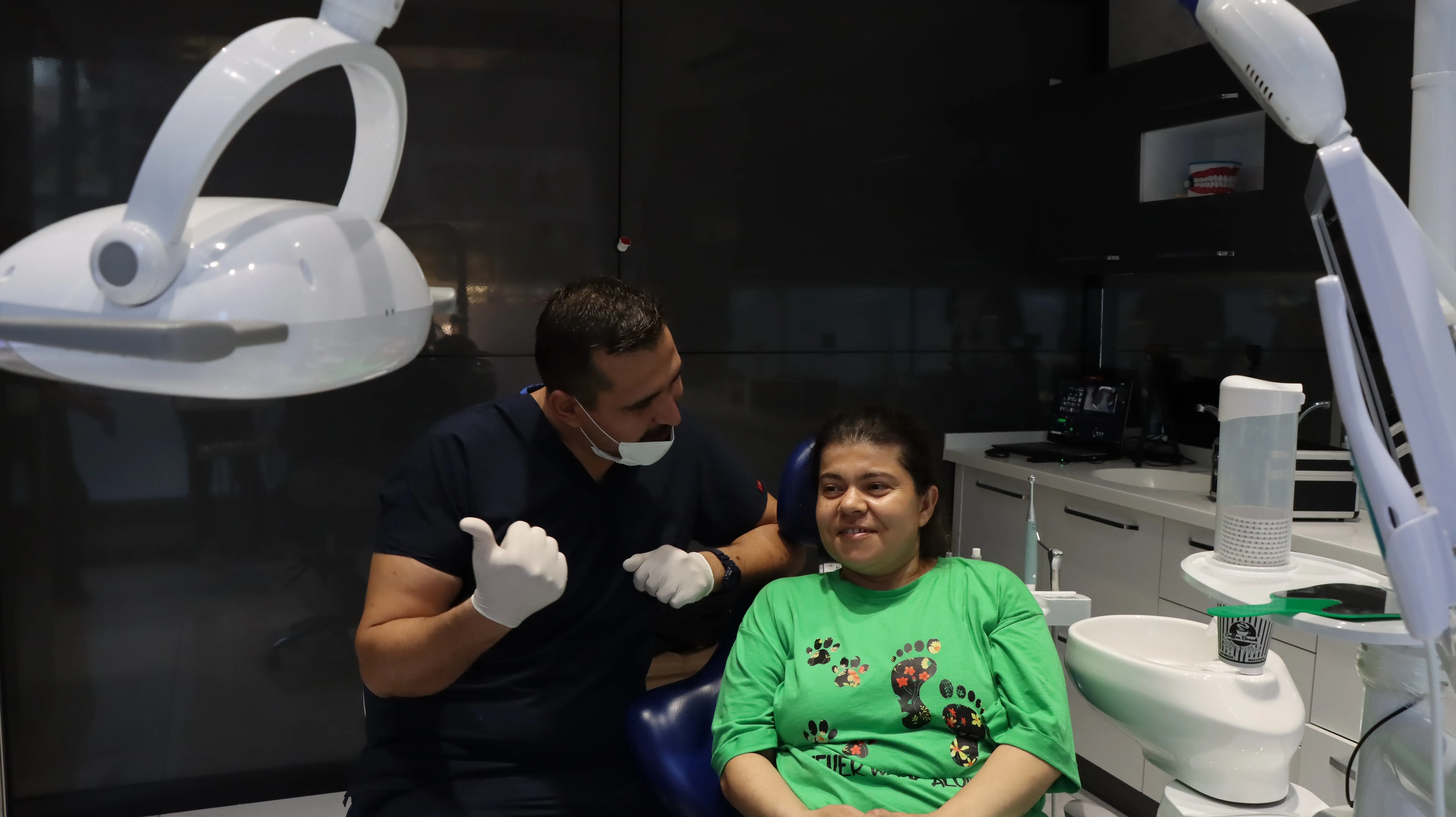Restorative Treatment
Restorative dentistry involves the diagnosis and management of diseases of the teeth and their supporting structures and the rehabilitation of the dentition to functional and aesthetic requirements of the individual. This specialty includes fillings, crowns, bridges, implants, and dentures.
Comprehensive Approach
Restorative procedures begin with a thorough diagnosis and treatment planning to determine the best approach for each patient's needs. Techniques vary from direct restoration, such as fillings, to more complex procedures like crown placement and bridges or dental implants for tooth replacement.
Benefits of Restorative Dentistry
- Restores the function and appearance of your teeth, enhancing overall oral health.
- Prevents further decay or damage by providing protective solutions like crowns and fillings.
- Improves the ability to chew and speak properly.
- Boosts self-esteem with improved smile aesthetics.
Frequently Asked Questions
- How long do restorative treatments last?
- The lifespan of restorative treatments can vary based on the material used and the patient's oral hygiene habits, but many treatments can last many years with proper care.
- Is restorative treatment painful?
- Modern dental techniques and anesthesia make restorative procedures much more comfortable than in the past. Most treatments are relatively pain-free, though some recovery discomfort can be expected depending on the procedure.



